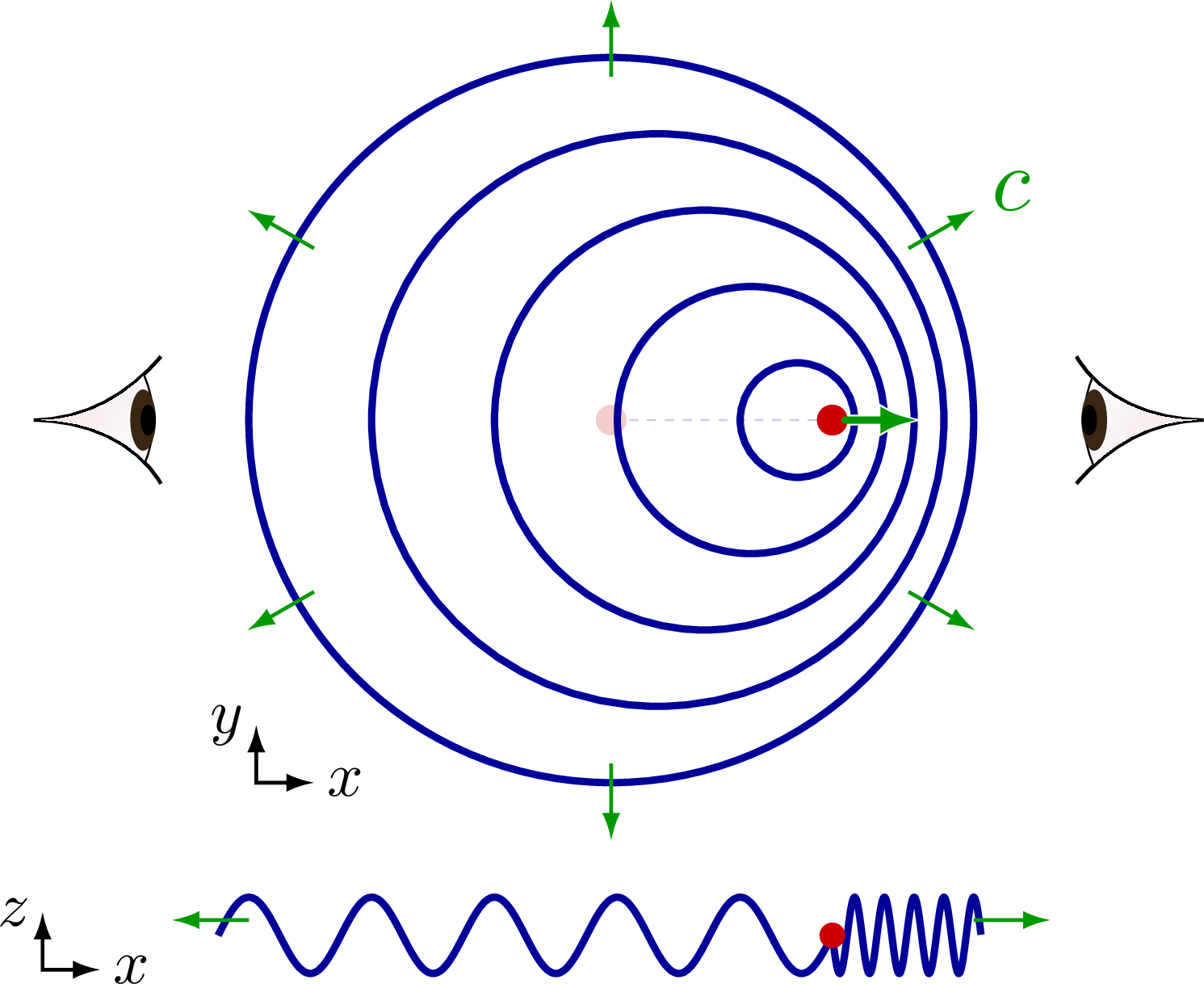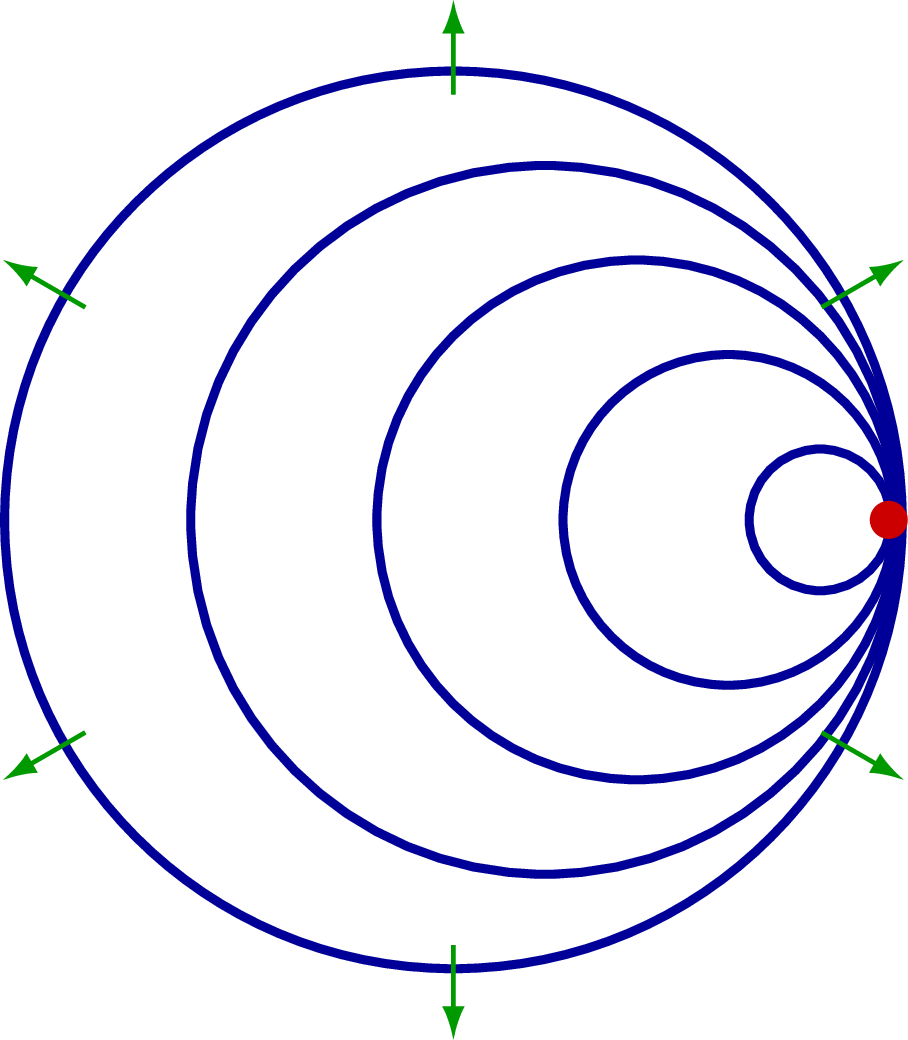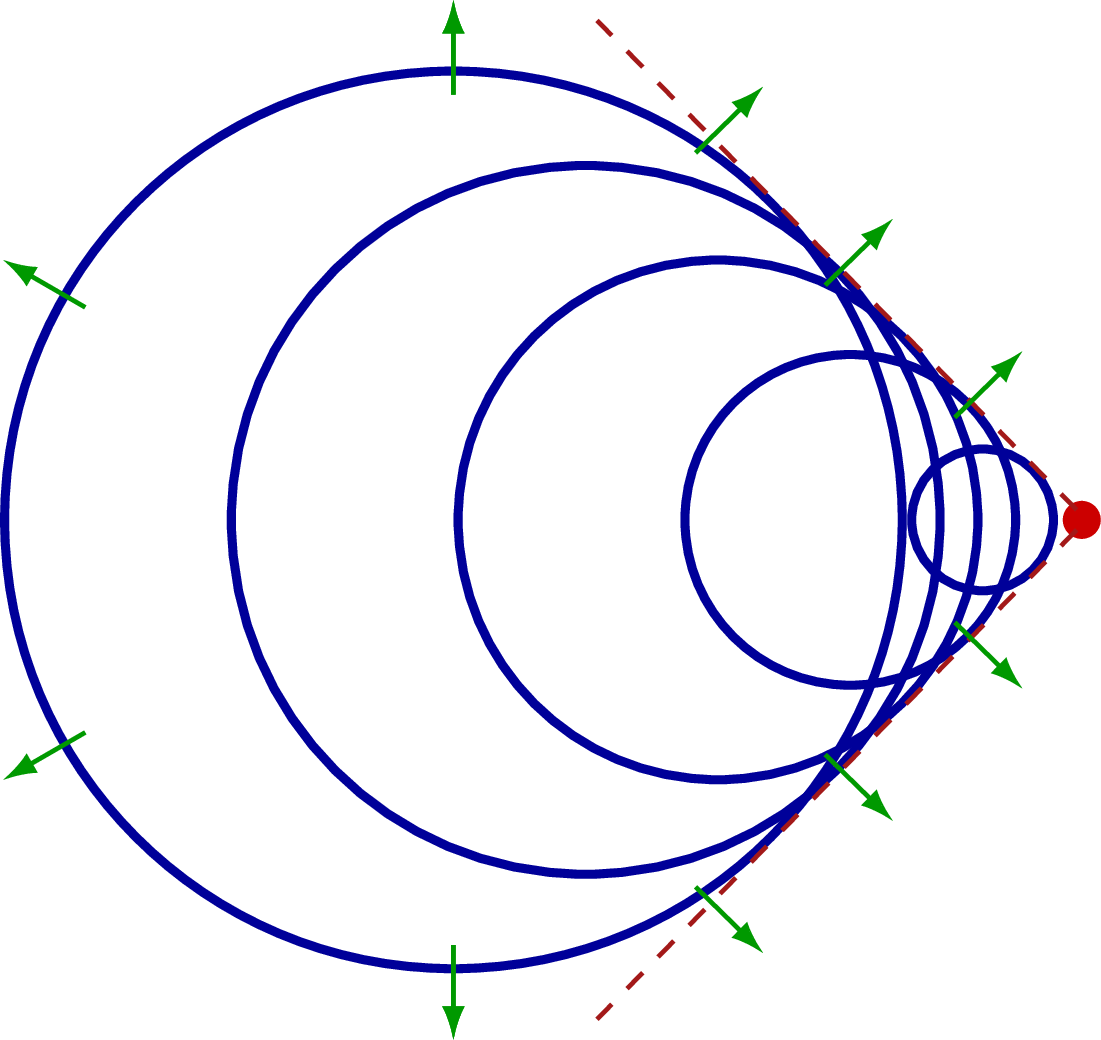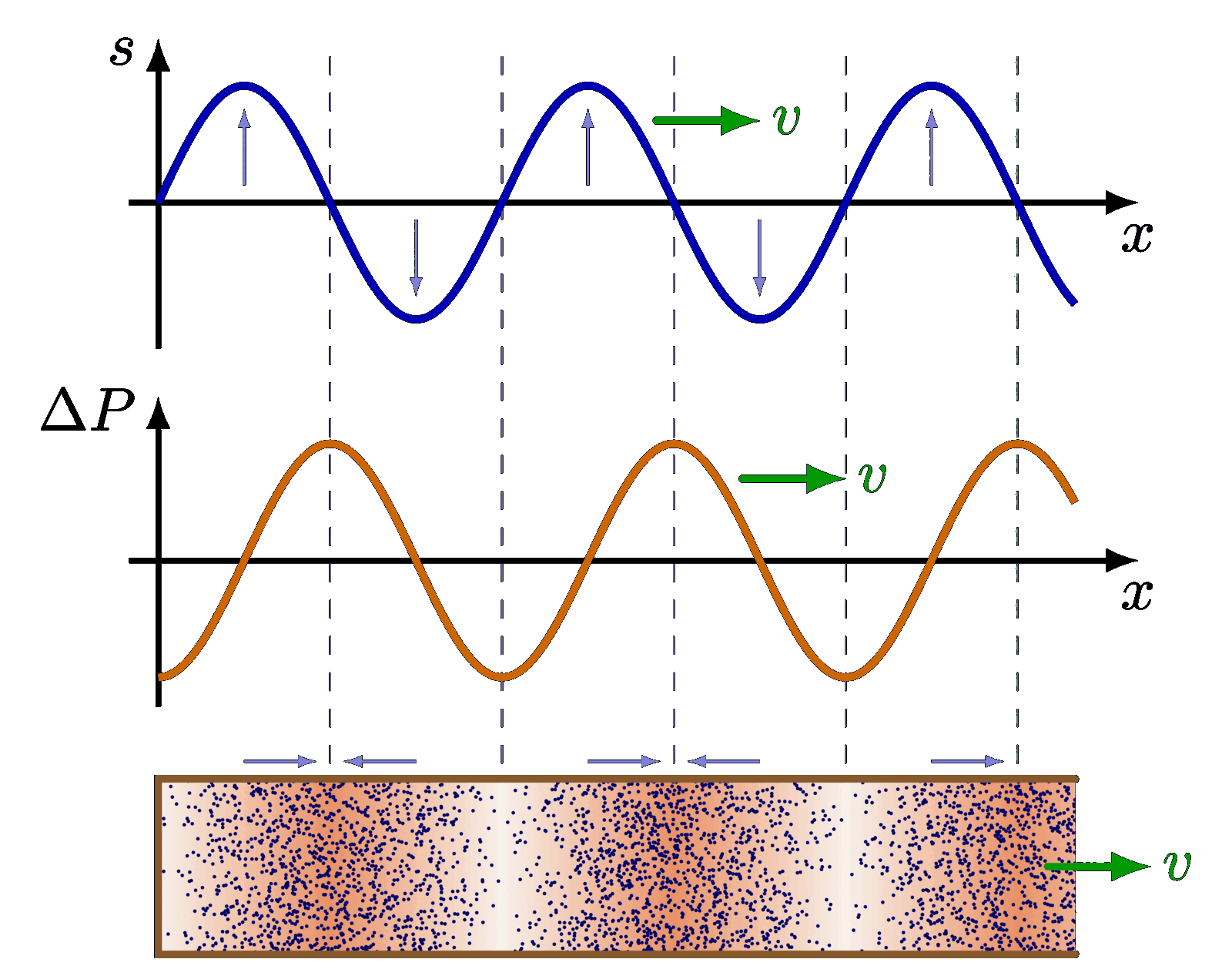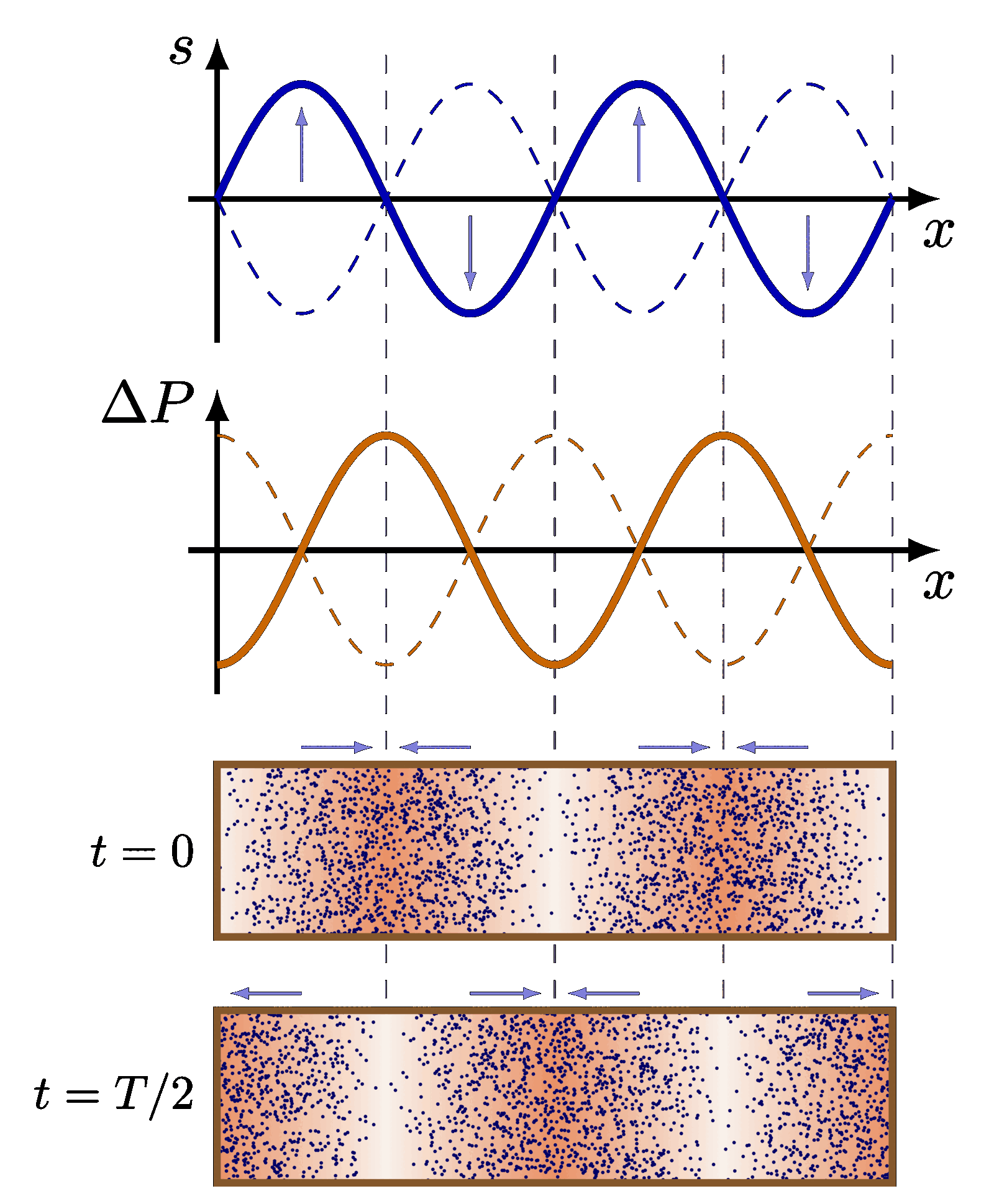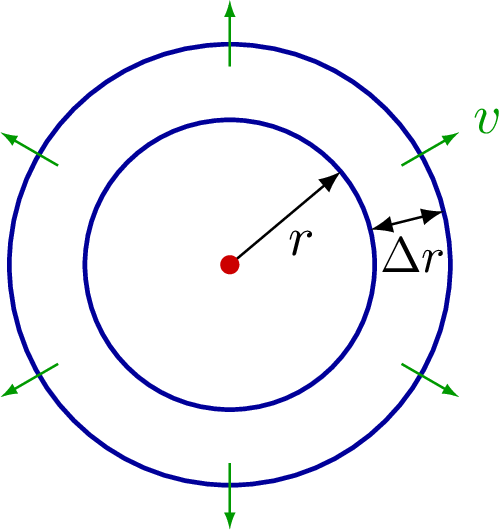Edit and compile if you like:
% Author: Izaak Neutelings (December 2020)% Inspiration: https://tex.stackexchange.com/questions/285578/how-to-draw-parallelepiped-and-cube-with-latex/288101#288101\documentclass[border=3pt,tikz]{standalone}\usepackage{amsmath}\usetikzlibrary{arrows,arrows.meta}\tikzset{>=latex} % for LaTeX arrow head\colorlet{myblue}{blue!60!black}\colorlet{myred}{red!80!black}\colorlet{vcol}{green!60!black}\tikzstyle{vvec}=[-{Latex[length=4,width=3]},thick,vcol,line cap=round]\tikzstyle{myarr}=[-{Latex[length=3,width=2]}]\tikzstyle{mydoublearr}=[{Latex[length=3,width=2]}-{Latex[length=3,width=2]}]\tikzset{pics/eye/.style={code={\draw (#1-180:0.5) to[out=#1,in=#1-240,looseness=0.9] (#1-90:0.25)(#1-180:0.5) to[out=#1,in=#1-130,looseness=0.9] (#1-270:0.25);\clip (#1-180:0.47) to[out=#1,in=#1-240,looseness=0.9] (#1-90:0.24) --(#1-270:0.242) to[out=#1-130,in=#1,looseness=0.9] cycle;\draw[very thin,top color=white,bottom color=red!60!black!20,shading angle=#1-120](#1-180:0.48) circle(0.45);\fill[brown!30!black,rotate=#1-180](0.07,0) ellipse({0.05} and 0.12);\fill[black,rotate=#1-180](0.05,0) ellipse({0.03} and 0.06);}},pics/eye/.default=180}\begin{document}% REST\def\R{1.5} % radius\def\N{5} % number of wave fronts\def\lam{\R/\N} % wavelength\def\angmin{30} % min. angle velocity arrow\def\angmax{330} % min. angle velocity arrow\def\waves#1{\foreach \i in {1,...,\N}{\draw[myblue,thick] ({-(\i-0.25)*#1*\lam},0) circle ({\lam*(\i-0.25)});
Click to download: wave_doppler.tex • wave_doppler.pdf
Open in Overleaf: wave_doppler.tex



